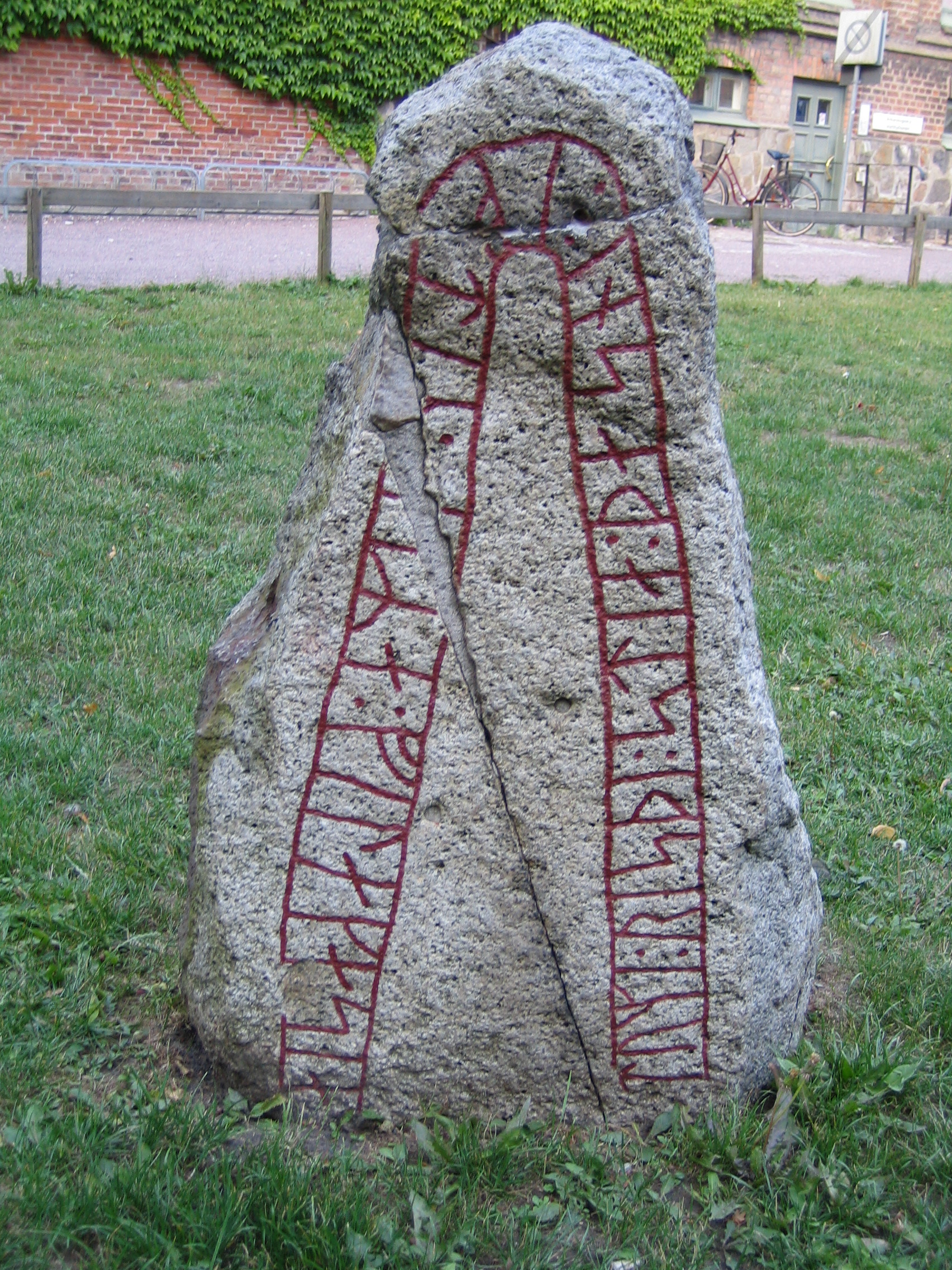Félag on:
[Wikipedia]
[Google]
[Amazon]
 (
(
Ordbog over det Gamle Norske Sprog
'. Feilberg & Landmark. p. 139.
Old Norse
Old Norse, Old Nordic, or Old Scandinavian, is a stage of development of North Germanic dialects before their final divergence into separate Nordic languages. Old Norse was spoken by inhabitants of Scandinavia and their overseas settlemen ...
, meaning "fellowship, partnership") was a joint financial venture between partners in Viking Age
The Viking Age () was the period during the Middle Ages when Norsemen known as Vikings undertook large-scale raiding, colonizing, conquest, and trading throughout Europe and reached North America. It followed the Migration Period and the Germ ...
society.Fritzner, Johan (1867). Ordbog over det Gamle Norske Sprog
'. Feilberg & Landmark. p. 139.
Etymology
The word ' is constructed by the word ' (cattle, wealth) and a verbal base denoting "lay", the meaning being "to lay property together."Falk, Hjalmar and Torp, Alf (1992) ''Etyomologisk Ordbog over det Danske og det Norske Sprog'', entry ''fællig'', ''fælles'' and ''fælle''. Bjørn Ringstrøms Antikvariat. The Old Norse word ' "companion, comrade" originally meaning "one who has with another" has resulted in the modern English word ''fellow'' from Old English ', Danish ' from Old Danish ''felge'', and Norwegian '. The modern English word ''fellowship'' derives from the Old Norse ' stem, adding the -ship suffix as a "condition of being", cognate with Icelandic '. The word also exists in other Germanic languages;Norwegian
Norwegian, Norwayan, or Norsk may refer to:
*Something of, from, or related to Norway, a country in northwestern Europe
* Norwegians, both a nation and an ethnic group native to Norway
* Demographics of Norway
*The Norwegian language, including ...
', Danish
Danish may refer to:
* Something of, from, or related to the country of Denmark
People
* A national or citizen of Denmark, also called a "Dane," see Demographics of Denmark
* Culture of Denmark
* Danish people or Danes, people with a Danish a ...
' and Dutch '.
Runic inscriptions
The term ' is mentioned on a broad range of runic inscriptions,According to Rundata 2.0. most notably in the form ' (see etymology section), in these contexts meaning "comrade", "weapon brother" or "partner".Runestone
A runestone is typically a raised stone with a runic inscription, but the term can also be applied to inscriptions on boulders and on bedrock. The tradition began in the 4th century and lasted into the 12th century, but most of the runestones d ...
s that use a form of the term ' include Sö 292 in Bröta, Vg 112 in Ås, Vg 122 in Abrahamstorp, the now-lost Vg 146 in Slöta, Vg 182 in Skattegården, U 391 in Villa Karlsro, the now-lost U 954 in Söderby, DR 1
DR1 (DR Et) is the flagship television channel of the Danish Broadcasting Corporation (DR). It became Denmark's first television station when it began broadcasting in 1951 – at first only for an hour a day three times a week.
Besides its ...
in Haddeby, DR 66 and DR 68 in Århus, DR 125 in Dalbyover, DR 127 in Hobro, DR 262 in Fosie, DR 270 in Skivarp, DR 279 in Sjörup, DR 316 in Norra Nöbbelöv, DR 318 in Håstad, DR 321 in Västra Karaby, DR 329 and DR 330 in Gårdstånga, DR 339 in Stora Köpinge, and X UaFv1914;47 in Berezanj, Ukraina.
N 648
' is mentioned on N 648, a ' (cylinder shaped piece of wood with a smooth side for the runes)Schjøtt, Steinar (1909). ''Dansk–Norsk Ordbog''. H. Aschehoug & Co. p. 677. excavated inBergen
Bergen (), historically Bjørgvin, is a city and municipality in Vestland county on the west coast of Norway. , its population is roughly 285,900. Bergen is the second-largest city in Norway. The municipality covers and is on the peninsula o ...
. The inscription dates back to the early fourteenth century. The inscription speaks of Þórir the Fair who greets his ' Hafgrímr, and requests his partner to help him in need.
See also
* Fe runeReferences
{{DEFAULTSORT:Felag Viking practices Early Germanic law Early Germanic economy